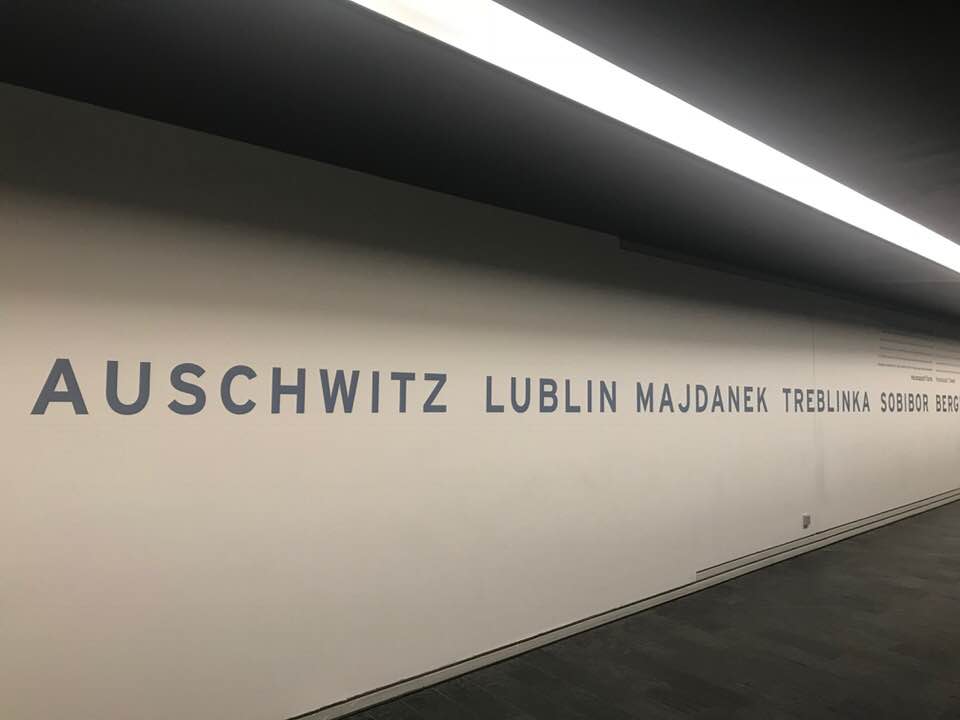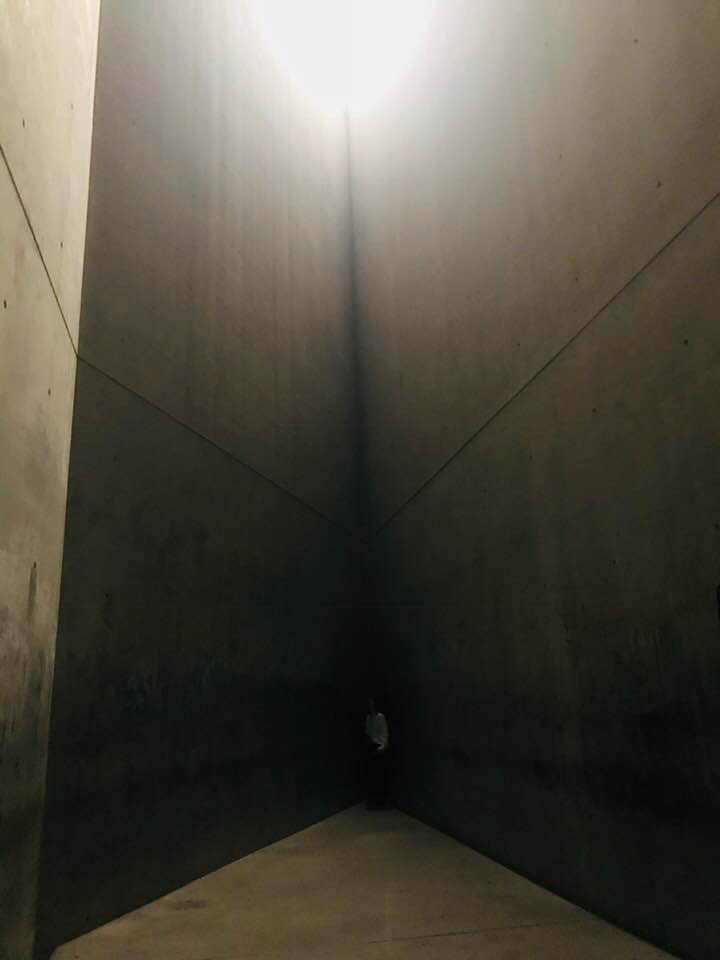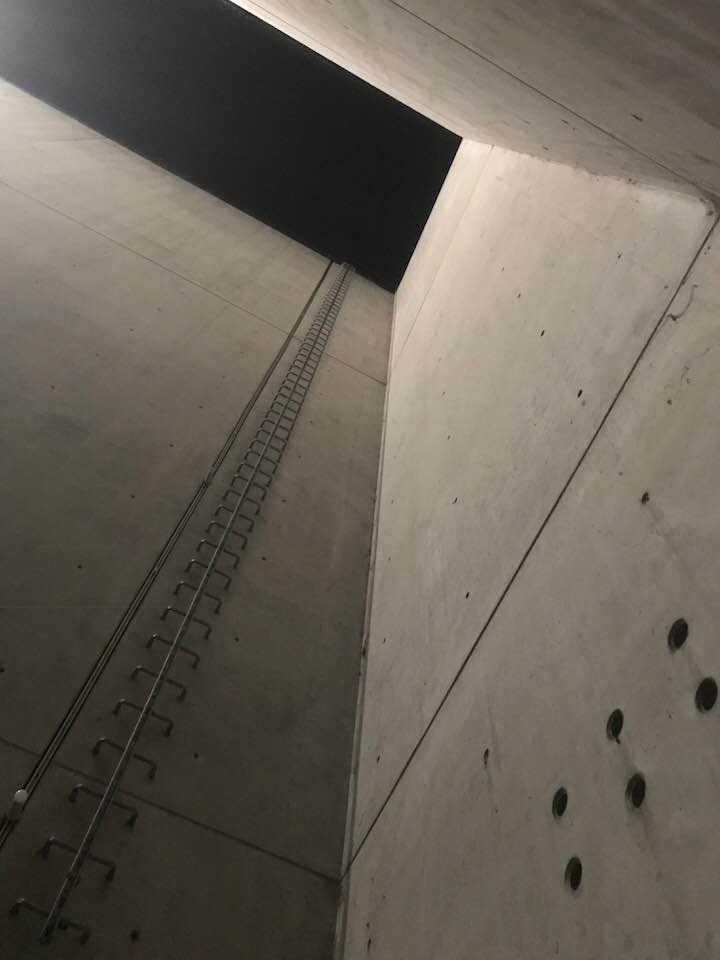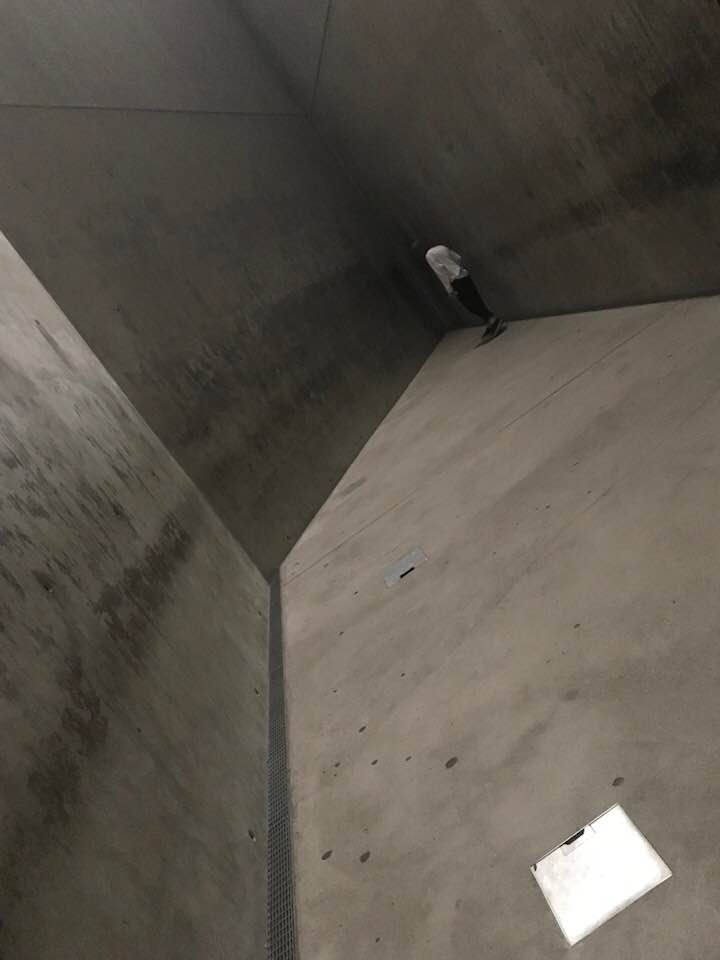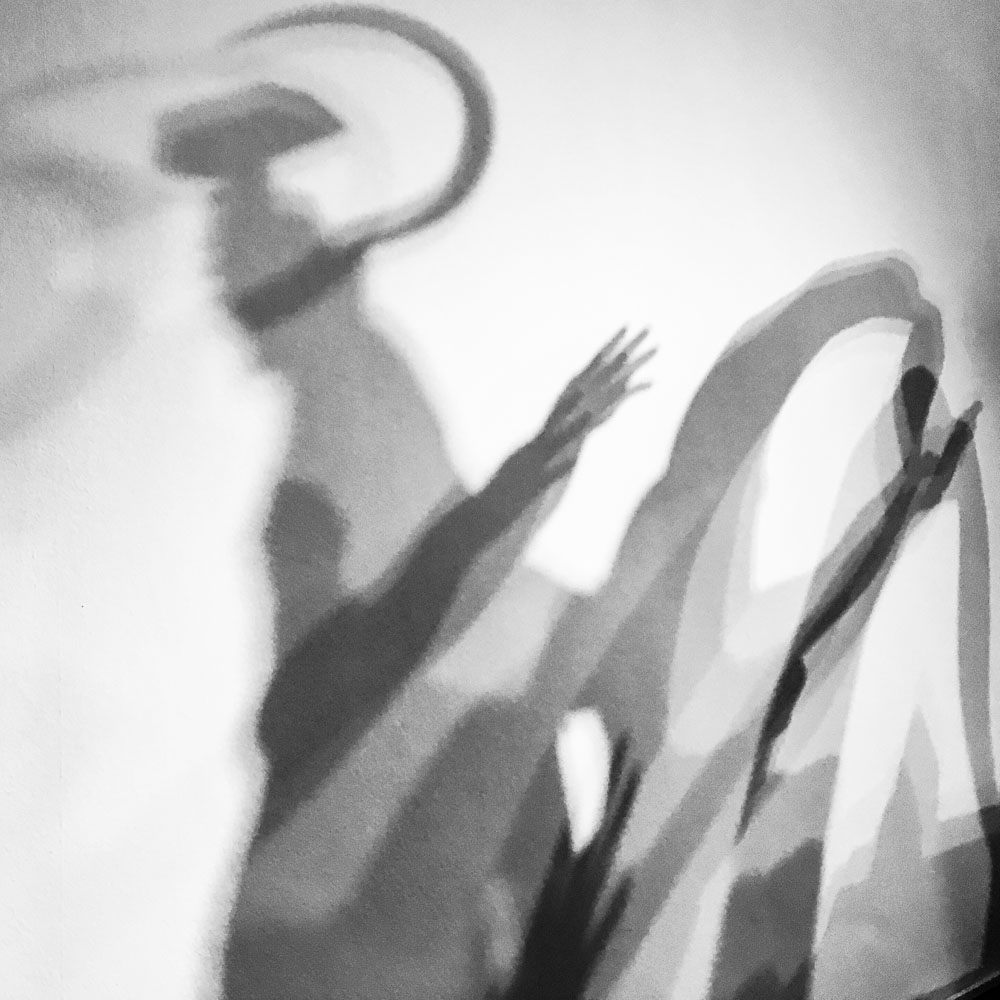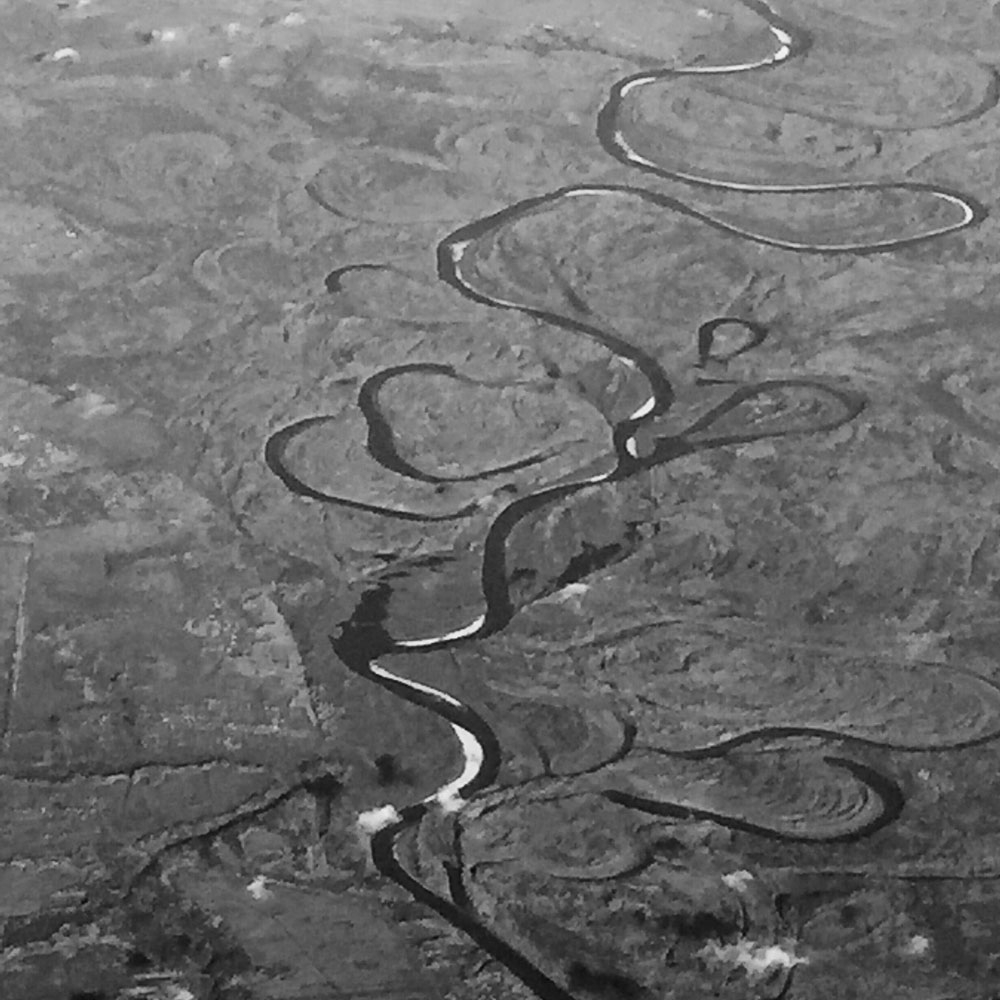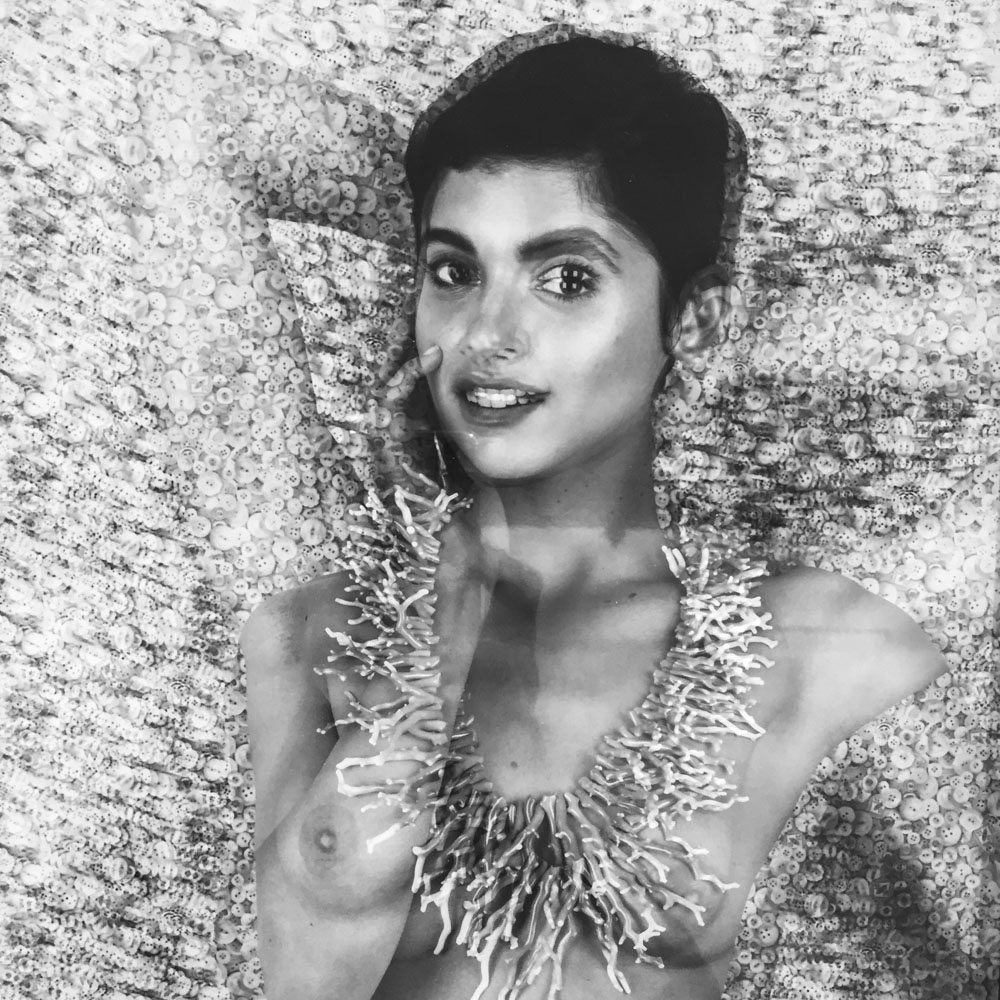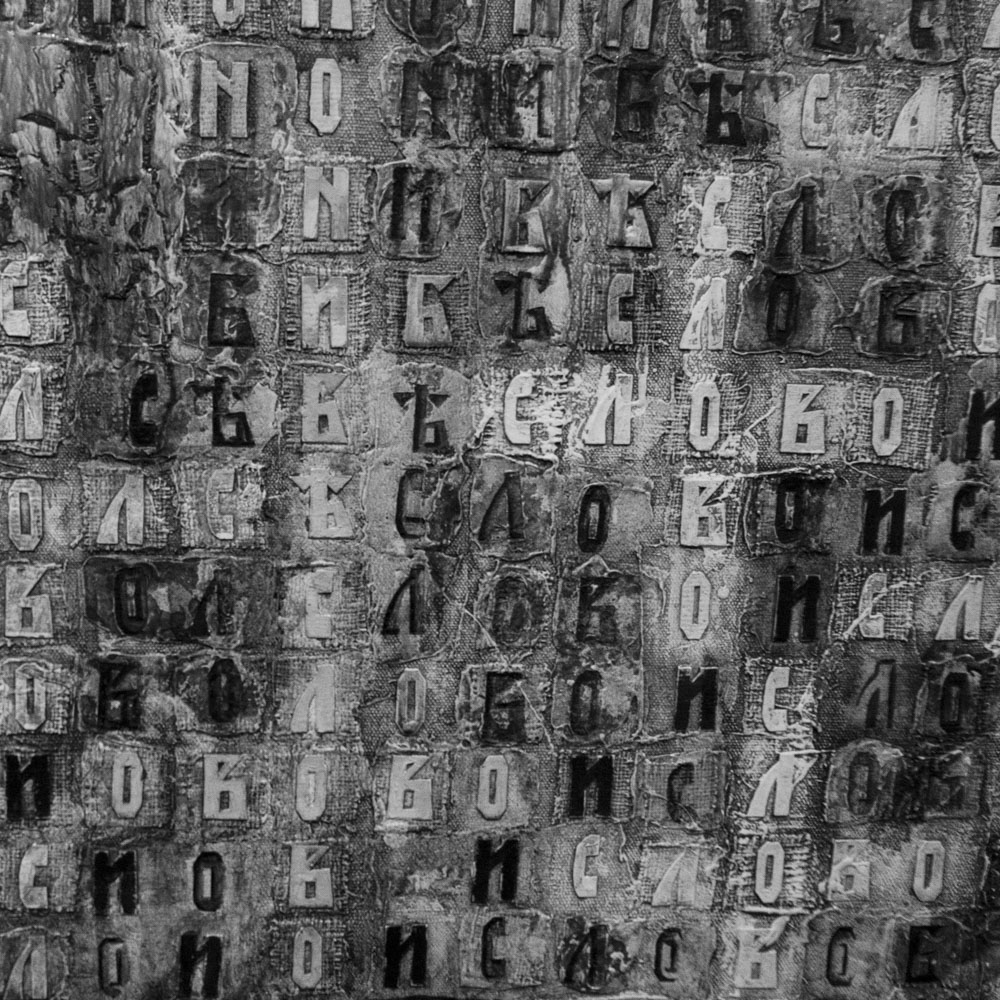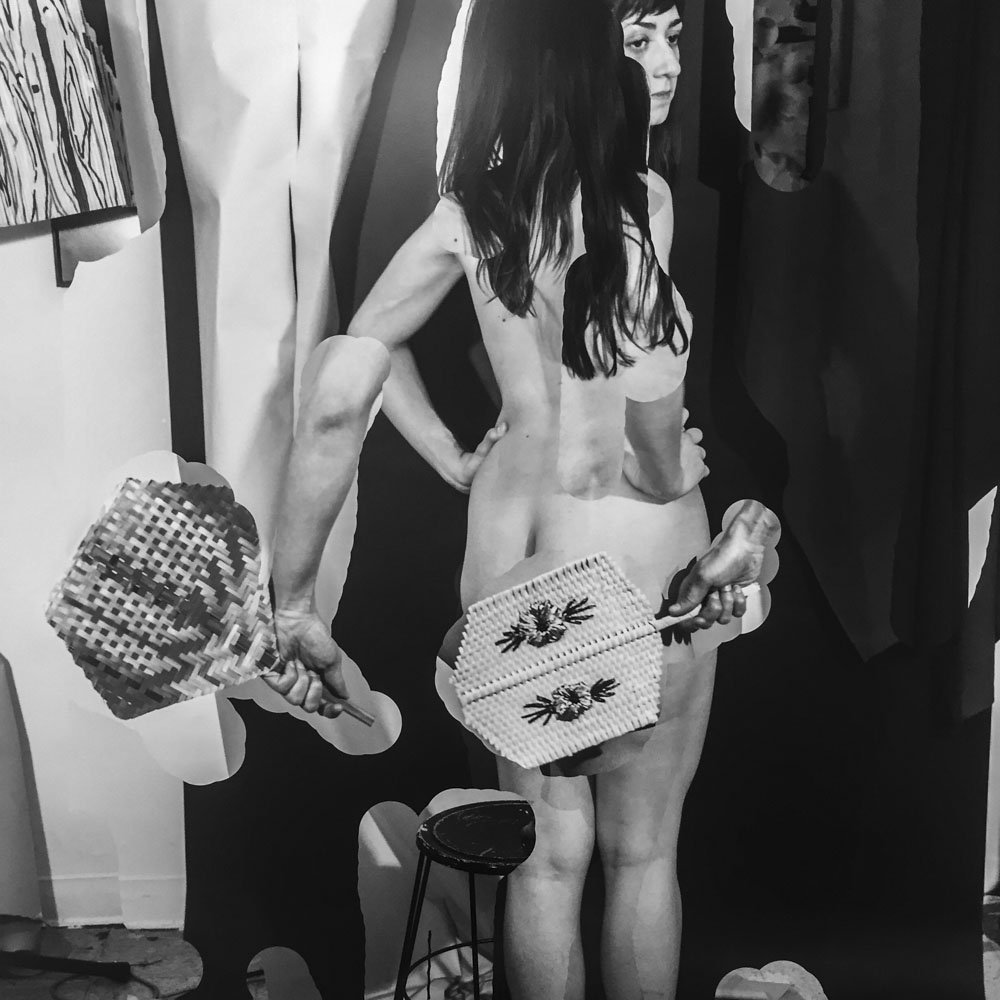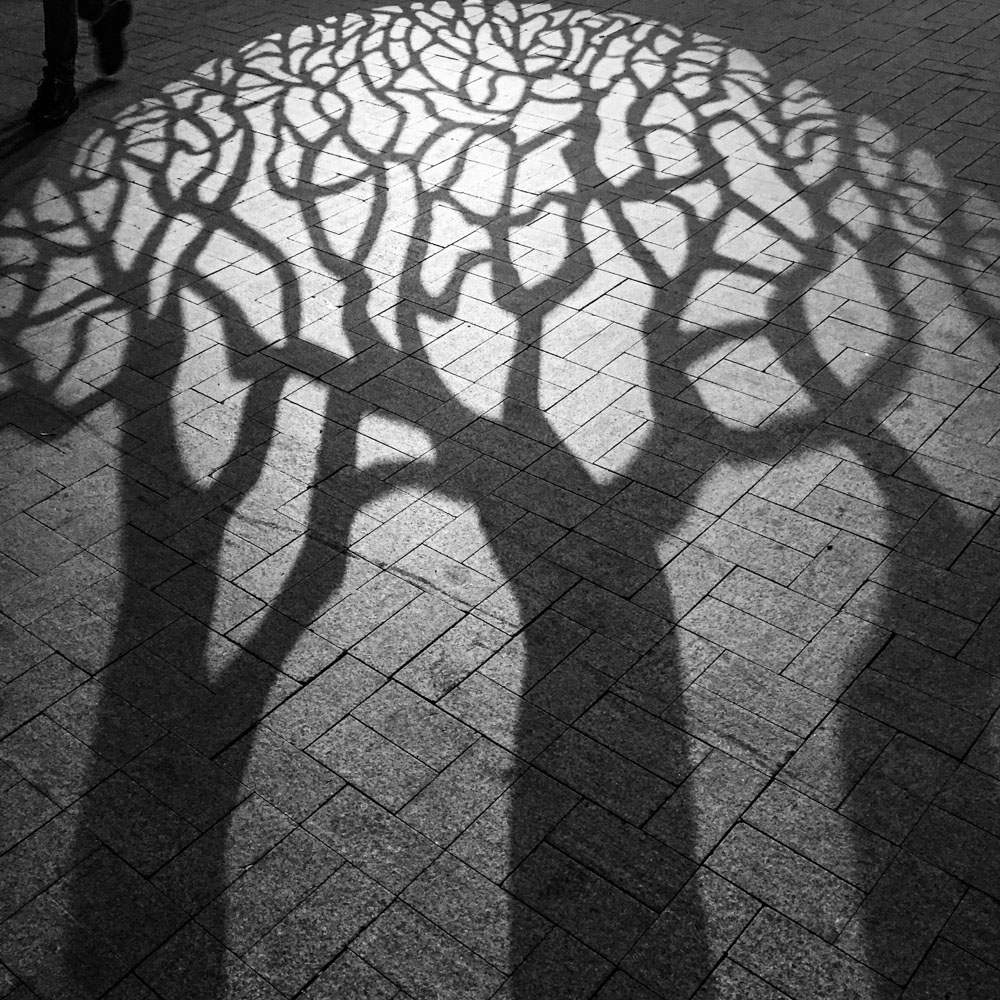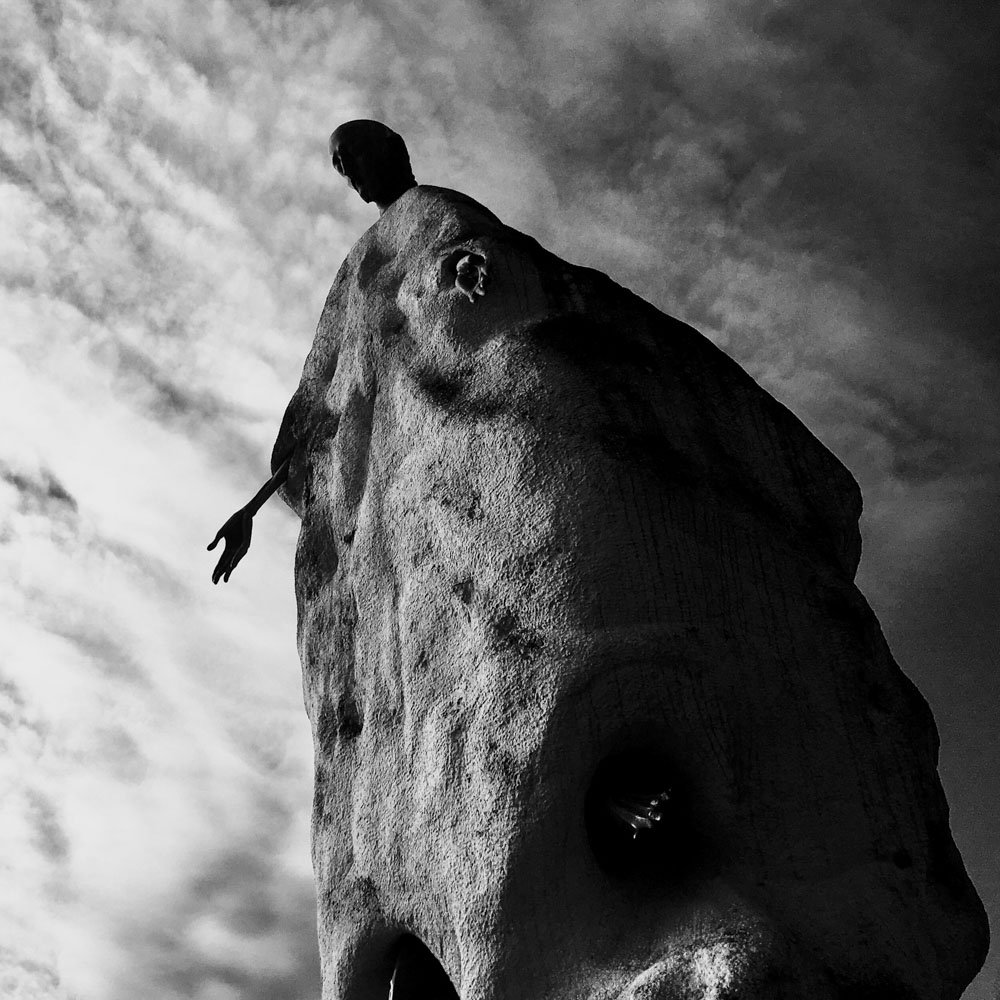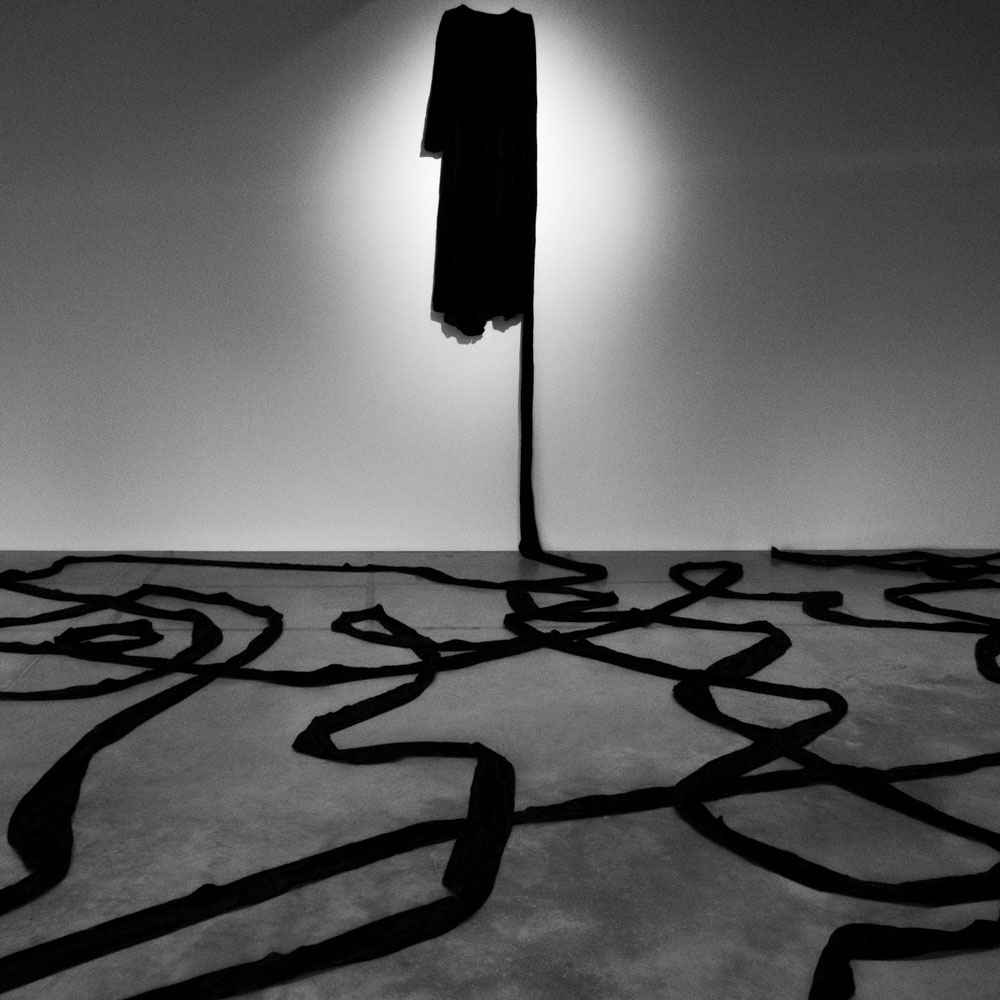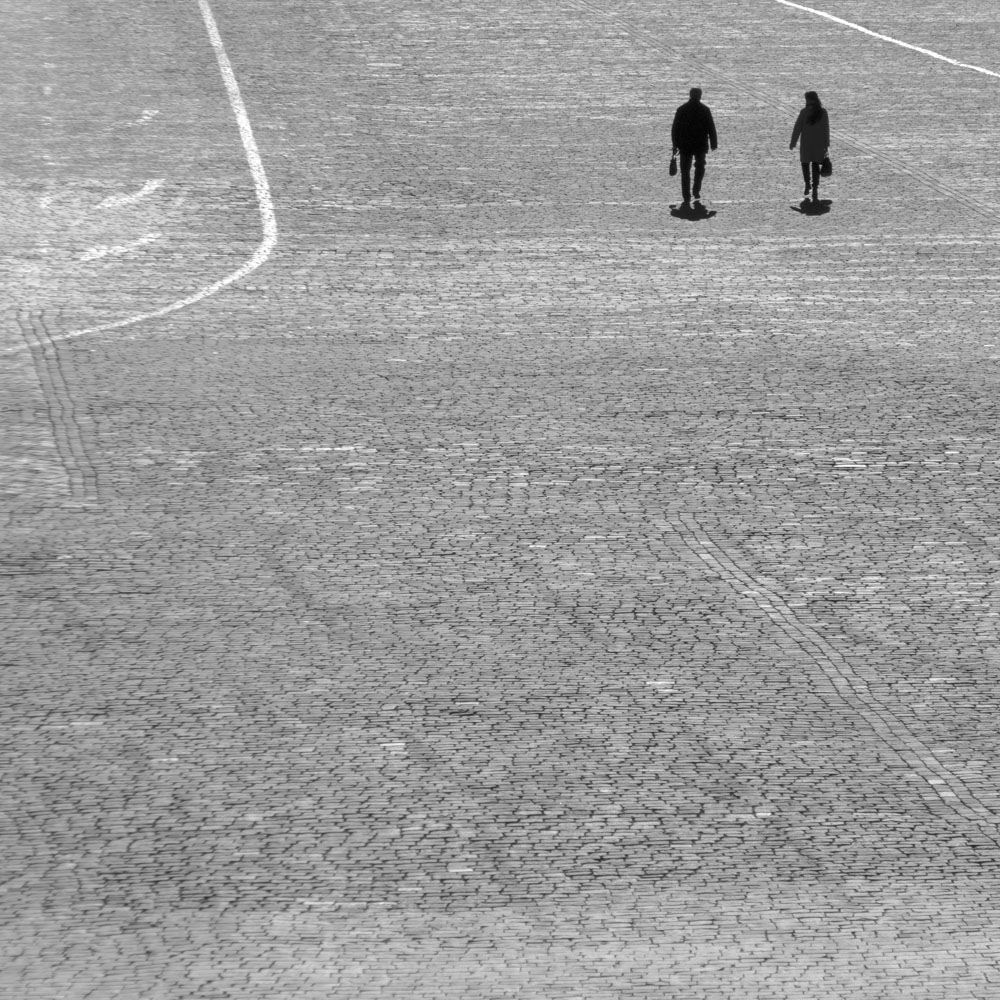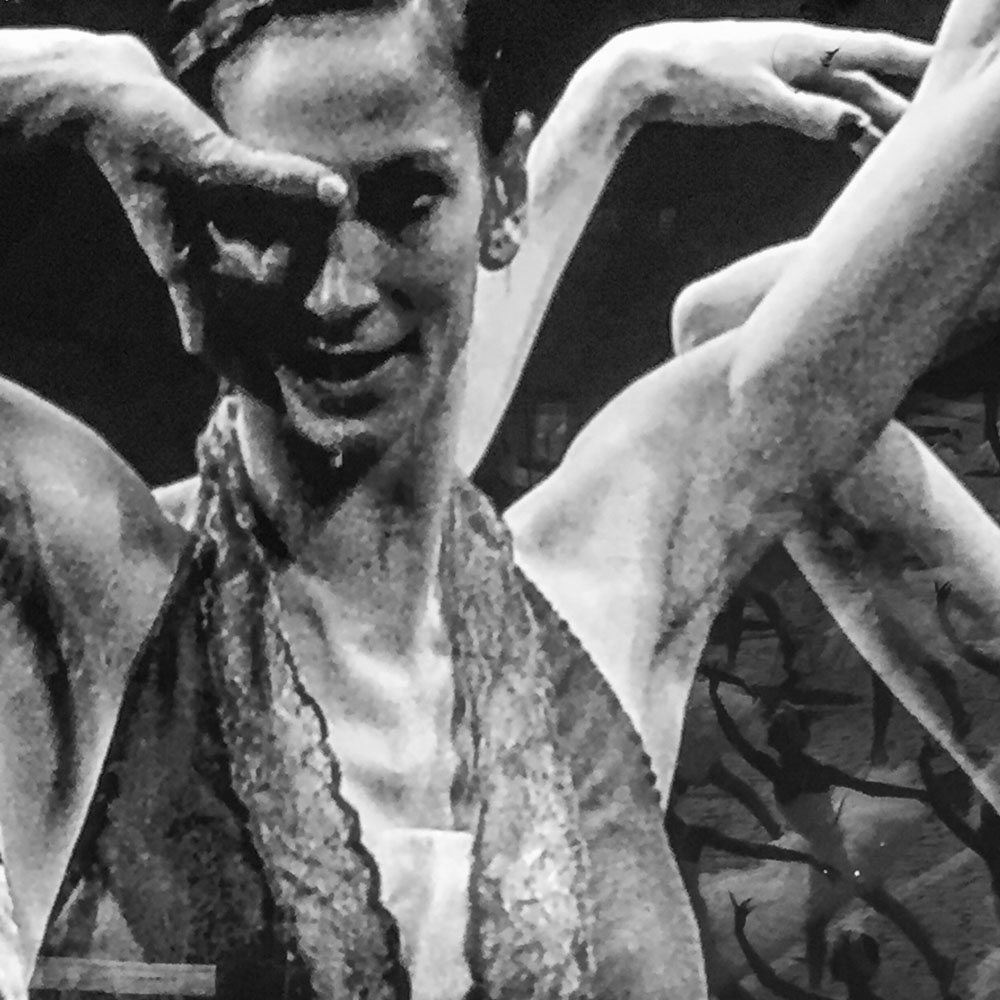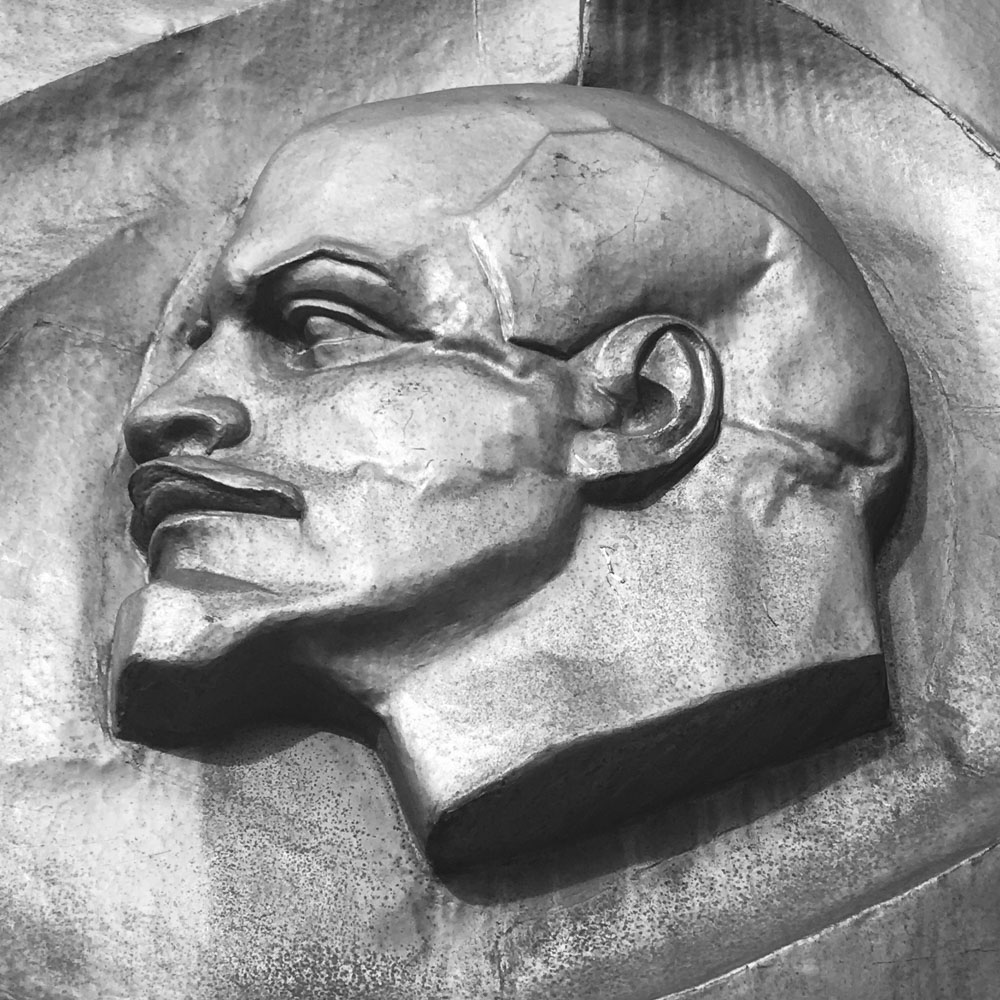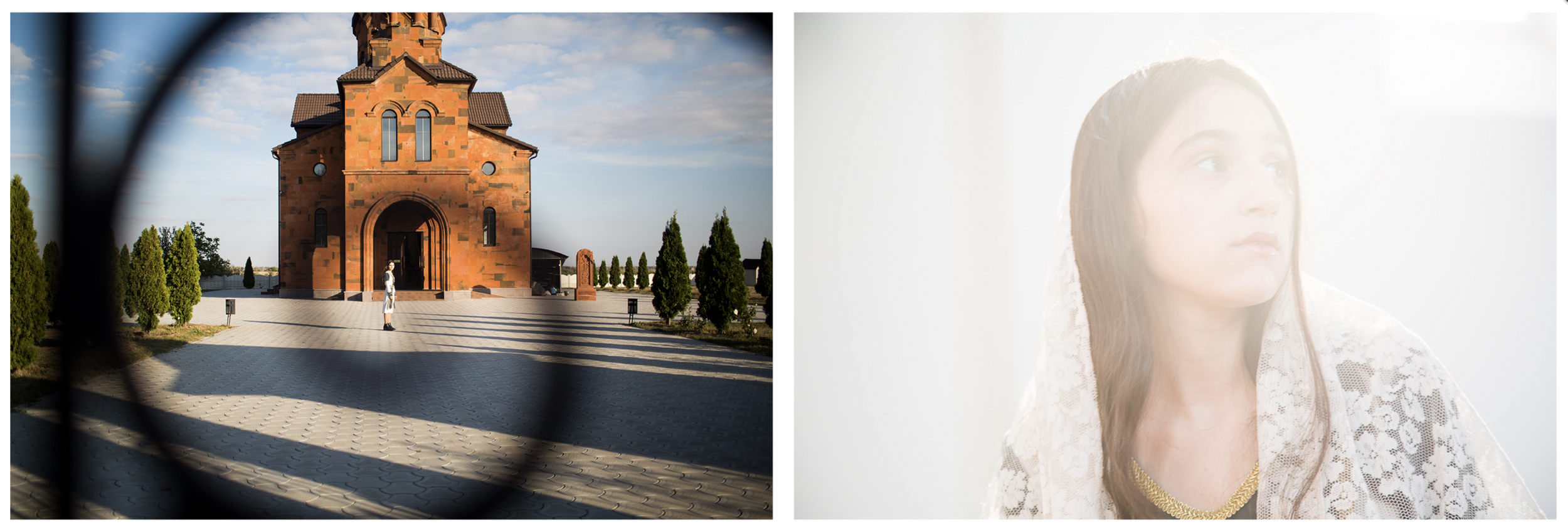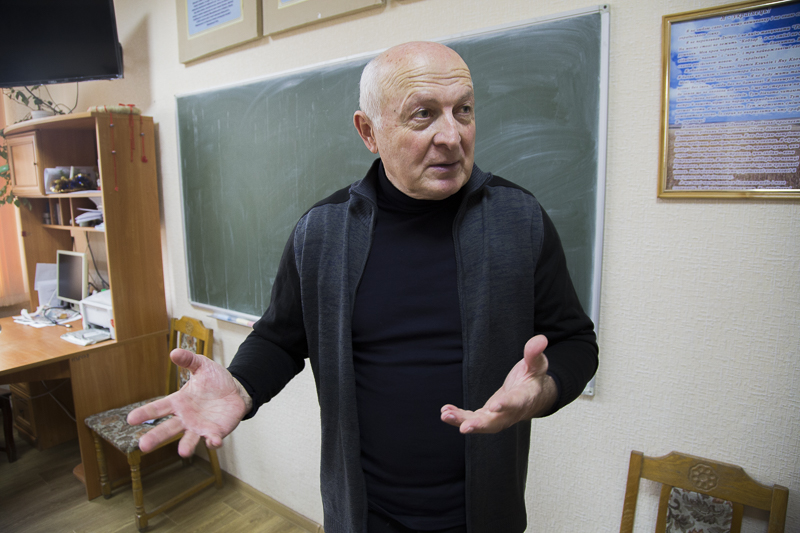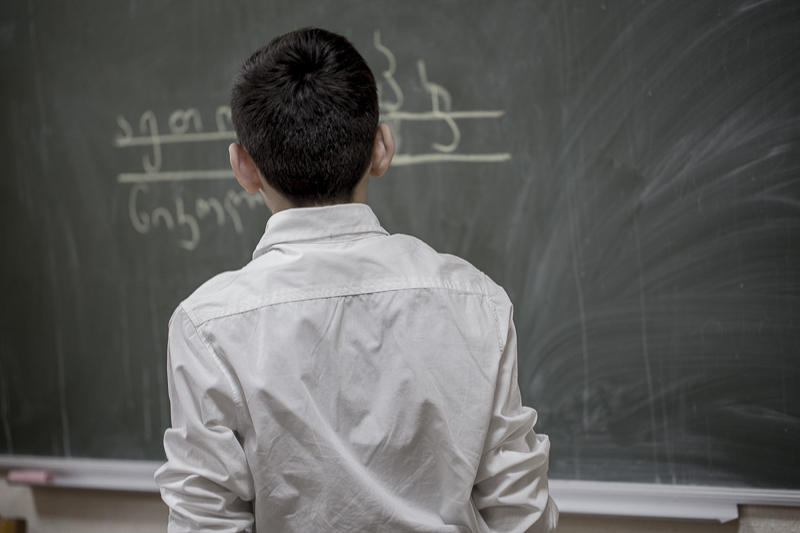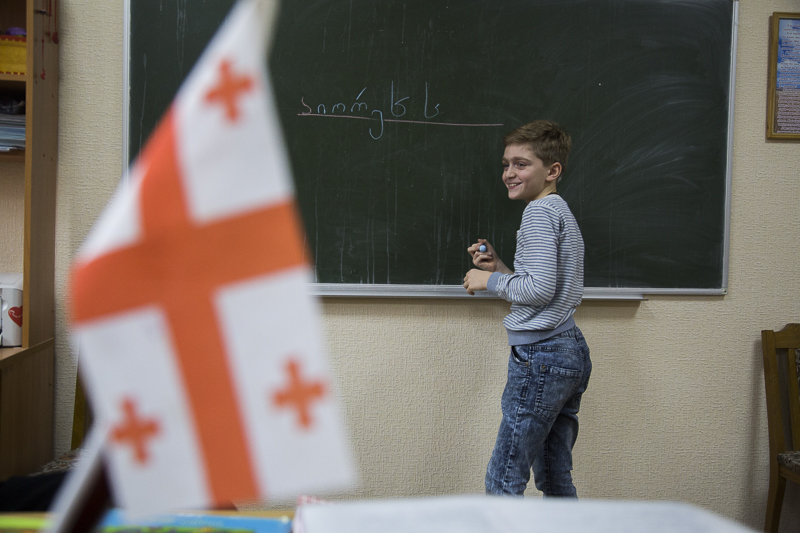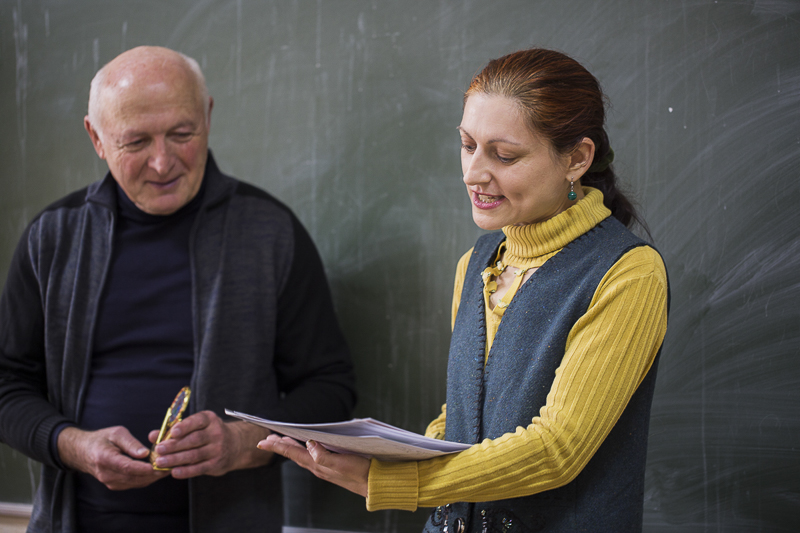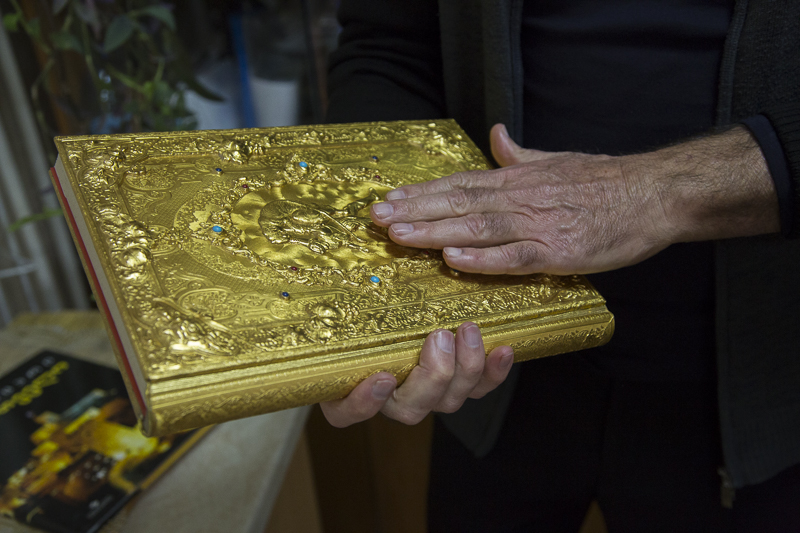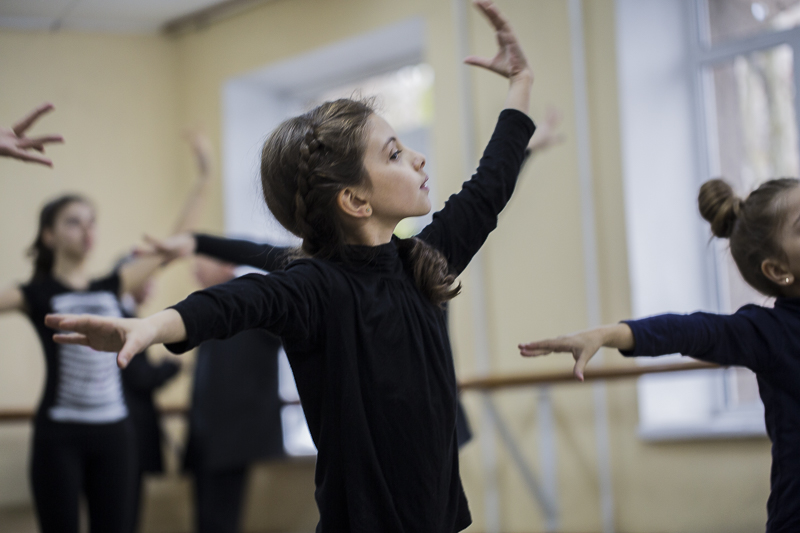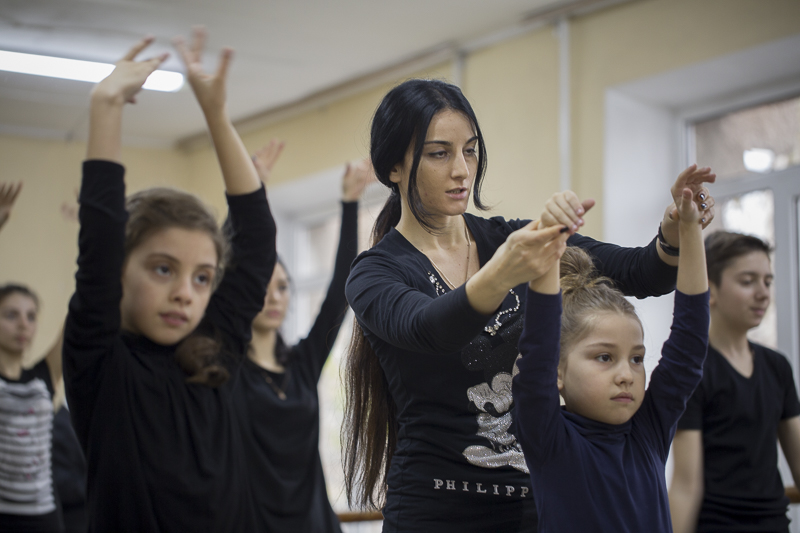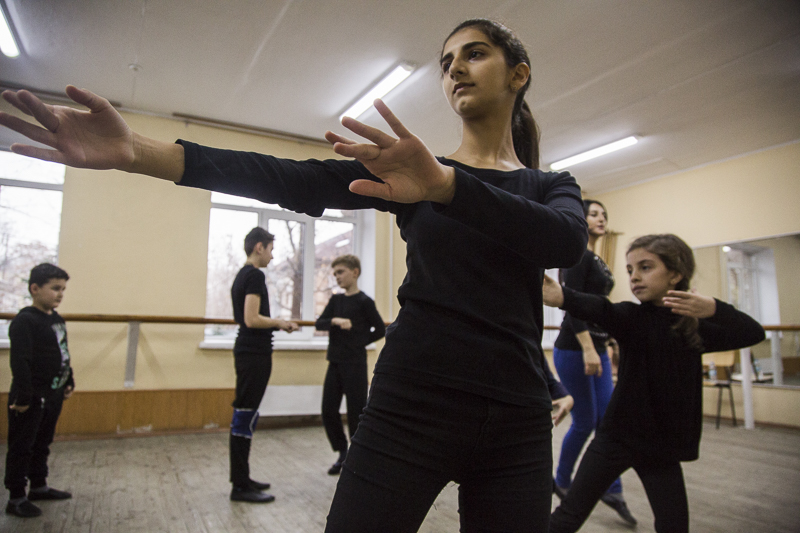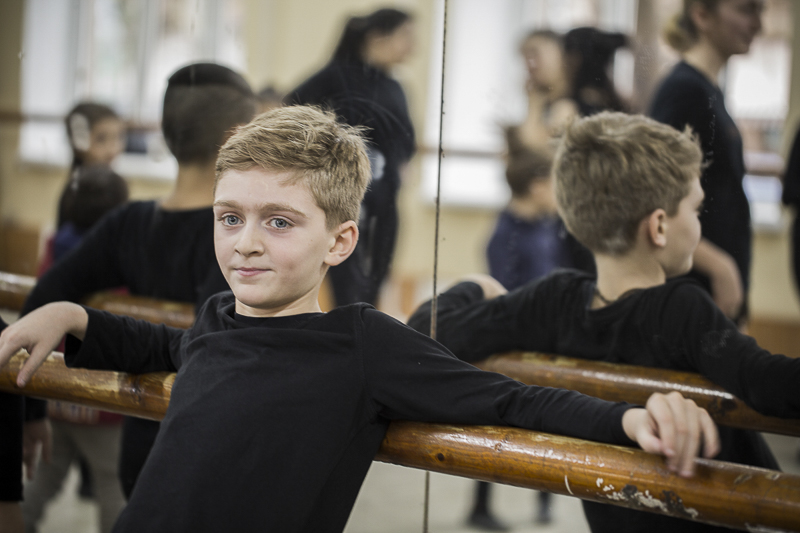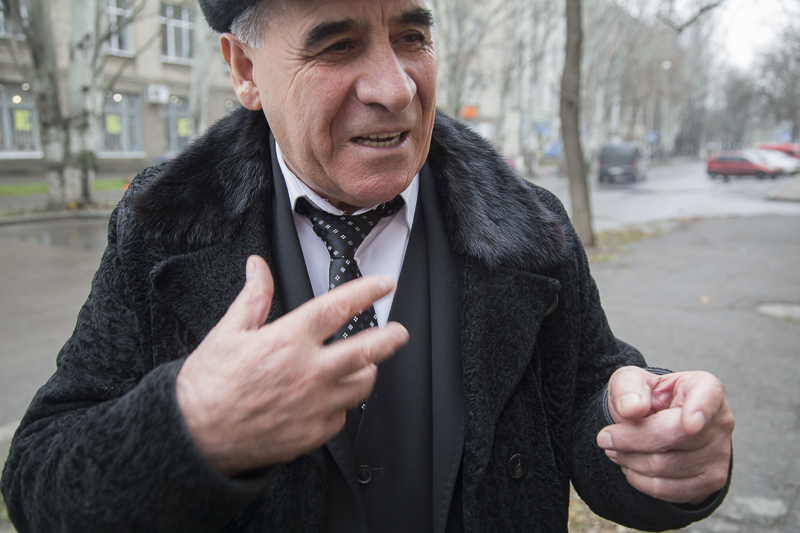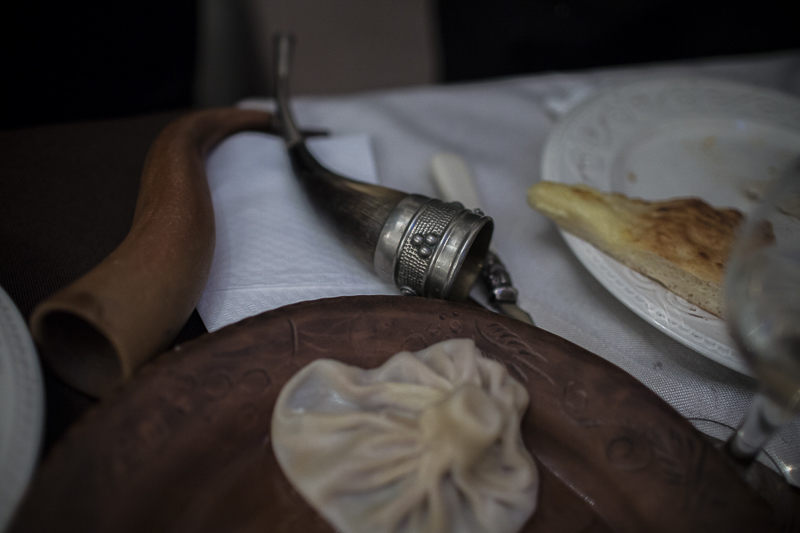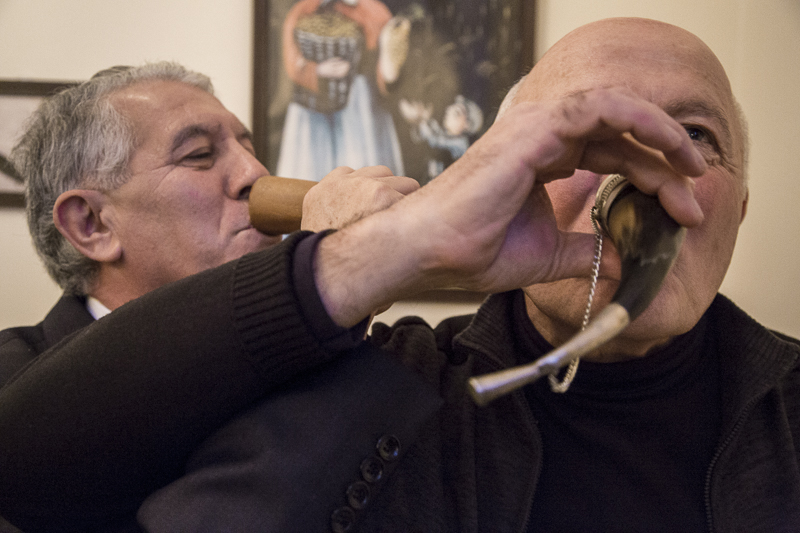Jessica Zychowicz
“Shark Conservation,” Jessica Zychowicz. Oil-pastel crayon and charcoal. Berlin. 2019.
There are no sharks in Berlin. There are no sharks in Poland, either, not in any of the 2,000 lakes of Masuria. You would think that they might be thrashing around somewhere in Russia’s unfathomably deep Lake Baikal, but no, they are not. Maybe it is too icy and cold for them there? What about Israel, you say? There are even two seas there, and they are warm and bright greenish and muddy---the perfect habitat for many different kinds of sharks. But there are no sharks in those places, either: not in the Red---or in the Dead!
There are no sharks at all, in fact, wherever we might expect to find them: not in my neighbors’ swimming pool (I looked there first!), or in the sink where I like to rinse my coffee cup in the morning, or in the dark spooky space under the garden hose, next to the stairs in the backyard, where the spiders live.
There are no sharks in the wide ocean where they used to be—I looked for them with my special goggles in San Juan, but found none.
There are no sharks at all anymore. I have given up.
Or so I thought!
One day in February, on a rainy and grey Wednesday afternoon (sharks like Wednesdays!)—I found exactly what I had been searching for. I did not expect to find so many sharks smiling at me from every single corner of this magic place that I discovered! There were funny sharks and mean sharks, big sharks and small sharks, polka-dotted ones and striped-ones, and even a very colorful lady shark with glasses and a funny hairdo who sang and danced the tango and salsa! There was a poet-shark wearing a yellow plaid scarf, and a shark with a camera who could swim really fast and talk about very important things to all of the other sharks. I even met a tiger shark with a bicycle who likes to eat French fries as much as I do.
Their teeth were so terrifying, and their fins so powerful, that I almost imagined that I would never want to meet a shark again! After all, I was just as surprised as you are to find them all swimming around inside of Lindenstraße 9-14, 10969, in Berlin, of all places. I was sure that I had checked everywhere: high and low, near and far. Had they been hiding all of these sharks? Did someone put them here? Why didn’t I see them before? Why were they here, and not in the other places that I thought they would be?
But I changed my mind. It doesn’t matter why they were here or there, instead of in the deep lakes, or in the greenish muddy seas, or the wide ocean, or in the sink where I like to rinse my coffee cup, or under the garden hose next to the stairs in the backyard. I love sharks wherever they are! Maybe someday I will even visit them again and invite them to my next birthday party. I wonder if spiders like birthday cake, too?
Berlin, February 2019
in “A Curious Guide to Ecology”
by Jessica Zychowicz
“Voided Void,” Daniel Liebeskind. Shoah Memorial Space, Jewish Museum, Berlin. Photos by the Author. February 27, 2019.




